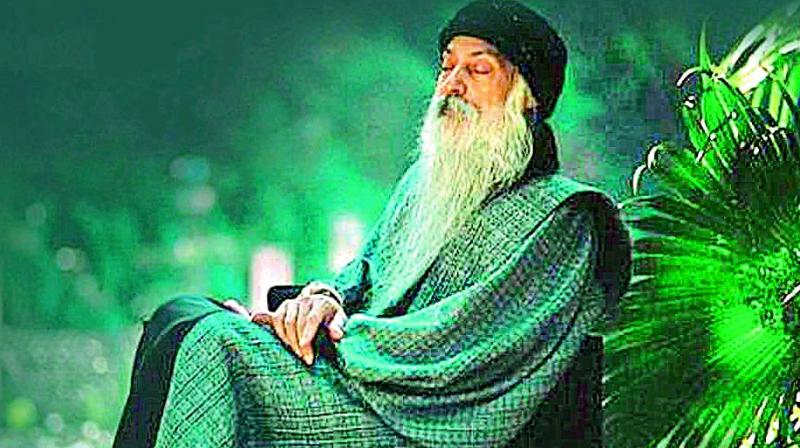Mystic Mantra: The moon and the dark clouds — Light and darkness
Osho enhances the spiritual significance of this celebration.

The moon and clouds have always teased our imagination. Countless romantic poems and plays have been written on them, so much so that the moon has come to dwell in our hearts. It is no more an indifferent planet in the sky. But Indian mystics have added a spiritual flavour to the connection of the moon and the clouds. They have identified the moon as the spiritual master and the clouds as his disciples. This unique conclave of light and darkness can only happen at the beginning of the monsoon in India. No wonder, the poetically inclined sages picked up this event and started celebrating the full moon of the month Ashaadh as a thanksgiving to the masters who guide their disciples to enlightenment.
Osho enhances the spiritual significance of this celebration. He says the clouds are like disciples coming to the enlightened master. They come with their darkness of many lives and surround the radiance of the master, hoping to get a ray of his wisdom. And the master absorbs their darkness into his luminous being and transforms it into luminosity. The meditators around him bathe into the effulgence of his love and compassion. The master and the disciple are two levels of consciousnesses. One is unconscious, steeped in darkness like the rain clouds and the other is conscious and bright like the full moon. This metaphor is a reminder of your own moon, which is shrouded in the dense layers of emotions, thoughts, and memories. Remove those layers with deep meditation and your inner moon can shine forth with brilliance. Paying respect to the guru once a year is not the purpose of this event — the purpose is to remind you of that inner space which is your birthright if you continuously grow and evolve.
The master can guide you in many ways. There is a story of a monk in China who was observing the birthday of his master with great celebration. People asked him whose birthday he was celebrating, as he always said that he had no guru and that there was no need for a guru. The monk said, “Today, I remember the man who refused to be my guru, because if he had accepted me as a disciple, I would have gone astray. I would have been dependent on him. He helped me use my courage and resilience for the inner search.”
Osho says, “This looks contradictory, but this is how the deeper dynamism of consciousness works. Masters are mysterious. You cannot judge them — you cannot be sure of what they are doing unless the whole thing happens. Be inspired (by the master), but don’t become an imitator. Always remember that you are your own goal. No one else can be, and unless you achieve that point from where you can say, ‘I have achieved my destiny and now I am fulfilled,’ don’t stop.
Go on transcending, go on being in discontent, go on moving. And if you don’t reach any ideal, then you can be enriched by everyone (all the masters).”
The search for the unknown is the greatest adventure. It needs a lot of trust — in yourself and in existence. The shining moon keeps beckoning you, guiding you all along till one day you find that the moon is inside, not up there. For such a person, every day is a master’s day.

